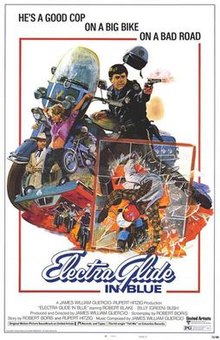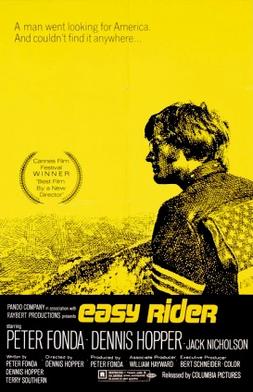
Easy Rider is a 1969 American independent road drama film written by Peter Fonda, Dennis Hopper, and Terry Southern, produced by Fonda, and directed by Hopper. Fonda and Hopper play two bikers who travel through the American Southwest and South, carrying the proceeds from a cocaine deal. The success of Easy Rider helped spark the New Hollywood era of filmmaking during the early 1970s.
Chicago is an American rock band formed in Chicago in 1967. The group began calling themselves the Chicago Transit Authority in 1968, then shortened the name in 1969. Self-described as a "rock and roll band with horns," their songs often also combine elements of classical music, jazz, R&B, and pop music.
William Warren Bush is an American actor usually credited as Billy Green Bush, and sometimes as Billy Greenbush.

Terry Alan Kath was an American guitarist and singer-songwriter who is best known as a founding member of the rock band Chicago. He played lead guitar and sang lead vocals on many of the band's early hit singles alongside Robert Lamm and Peter Cetera. He has been praised by his bandmates and other musicians for his guitar skills and his Ray Charles–influenced vocal style. Jimi Hendrix cited Terry Kath as one of his favorite guitarists, and considered Kath to be "the best guitarist in the universe".

Chicago Transit Authority is the debut studio album by the American rock band Chicago, known at the time of release as Chicago Transit Authority. It was recorded and released in April 1969 and became a sleeper hit, reaching number 17 on the Billboard 200 by 1971. Chicago Transit Authority spawned several successful singles, including "Does Anybody Really Know What Time It Is?", "Questions 67 and 68" and "Beginnings". The album stayed on the Billboard chart for 171 weeks, beating the previous record for a rock album's longevity of 155 weeks and has been certified double platinum by the Recording Industry Association of America (RIAA). For this inaugural recording effort, the group was nominated for a Grammy Award for 1969 Best New Artist of the Year. The album was inducted into the Grammy Hall of Fame in 2014.

Chicago VII is the sixth studio album by American rock band Chicago. It was released on March 11, 1974 by Columbia Records. It is notable for being their first double album of new material since 1971's Chicago III and remains their final studio release in that format. It features session percussionist Laudir de Oliveira, who would become a full-fledged band member for the release of Chicago VIII the following year.

Chicago X is the eighth studio album by the American rock band Chicago. It was recorded at Caribou Ranch and it was released by Columbia Records on June 14, 1976. The album made it to number three on the Billboard 200, and was certified gold by the Recording Industry Association of America (RIAA) on June 21, 1976, a week after its release. It was the band's first album to be certified platinum, on September 14, 1976, and has since been certified multi-platinum. In honor of the group's platinum album achievement, Columbia Records awarded the group a 25-pound bar of pure platinum, made by Cartier.
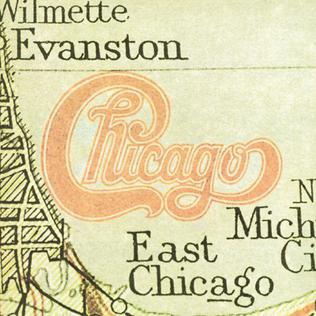
Chicago XI is the ninth studio album by the American rock band Chicago. It was released on September 12, 1977, through Columbia Records. It was both the last to feature guitarist and vocalist Terry Kath prior to his death in a gun accident just over four months later, and the last to be produced by longtime associate of the band James William Guercio.
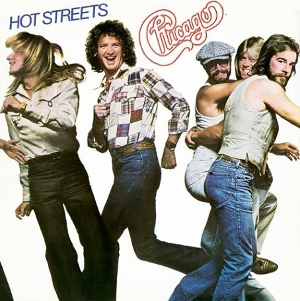
Hot Streets is the tenth studio album by the American rock band Chicago, released on October 2, 1978, by Columbia Records. This was the band's first album with all-new material released since their second that did not have a numbered title. It was also the first album not to feature original guitarist/vocalist Terry Kath, who died from an accidental self-inflicted gunshot wound in January 1978. He was replaced by Donnie Dacus on this album.

Lee David Loughnane is an American trumpeter, flugelhorn player, vocalist, and songwriter who is a founding member of the rock band Chicago. He is best known for being one-third of Chicago's brass/woodwind section alongside James Pankow and Walter Parazaider.
Madura was a 1970s rock/fusion band from Chicago.

Daniel Peter Seraphine is an American drummer, record producer, theatrical producer, and film producer. He is best known as the original drummer and a founding member of the rock band Chicago, a tenure which lasted from February 1967 to May 1990.

Homicide is a 1991 American crime drama film written and directed by David Mamet. The film's cast includes Joe Mantegna, William H. Macy, and Ving Rhames. It was entered in the 1991 Cannes Film Festival.
James William Guercio is an American music producer, musician, songwriter and director. He is best known for his work as the producer of Chicago's first eleven studio albums. He also produced the early recordings of The Buckinghams and Blood, Sweat & Tears. In the mid-1970s, he managed the Beach Boys and was a member of their backing band. Guercio has also worked in the motion picture industry as a producer and director.

Mitchell Ryan was an American actor. His six decades of television credits, he is known for playing Burke Devlin in the 1960s gothic soap opera Dark Shadows, and later for his co-starring role as Thomas Gibson's father Edward Montgomery on Dharma & Greg. He also played the villainous General Peter McAllister in the 1987 buddy cop action film Lethal Weapon.
David James "Hawk" Wolinski is an American keyboardist, songwriter and record producer, best known for his work with the funk band Rufus and their lead singer Chaka Khan.

"Wishing You Were Here" is a song written by Peter Cetera for the group Chicago and recorded for their album Chicago VII (1974), with lead vocals by Terry Kath, while Cetera sang the song's bridge. The third single released from that album, it reached No. 11 on the U.S. Billboard Hot 100, No. 9 on the Cash Box Top 100, and hit No. 1 on the Easy Listening chart.
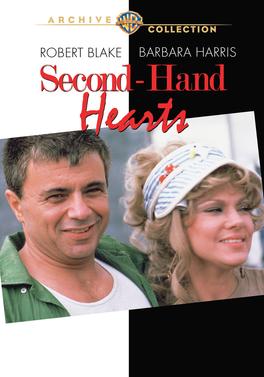
Second-Hand Hearts is a 1981 American comedy film directed by Hal Ashby from a screenplay by Charles Eastman. A shorter version of this screenplay, under its original intended title The Hamster of Happiness, was written by Eastman for the unconventional NBC anthology series NBC Experiment in Television, which was broadcast in 1968 with Mildred Dunnock and Susan Tyrrell in the cast. It was the second of three films Ashby directed which were produced by Lorimar Productions.

The Girl on a Motorcycle is a 1968 erotic romantic drama film directed by Jack Cardiff, starring Alain Delon and Marianne Faithfull. It is based on the 1963 novel La Motocyclette by André Pieyre de Mandiargues. Released as Naked Under Leather, it was the first film to receive an X rating in the United States, and edited by Warner Brothers for an "R" rating. It was listed to compete at the 1968 Cannes Film Festival, but the festival was cancelled due to the May 1968 events in France.
Rupert Hitzig is an American director, producer, actor and screenwriter. He graduated from Harvard University.
